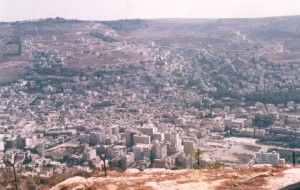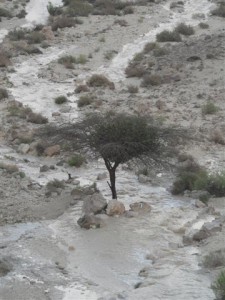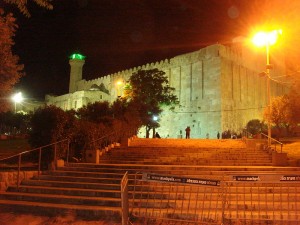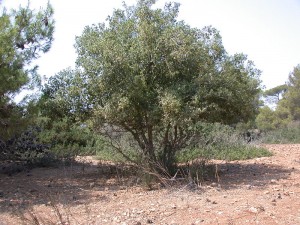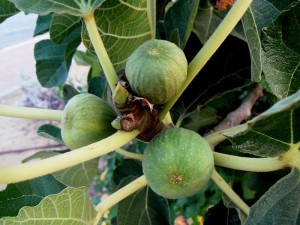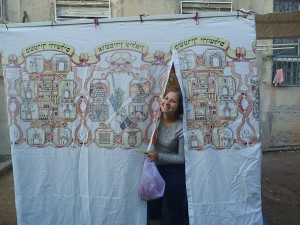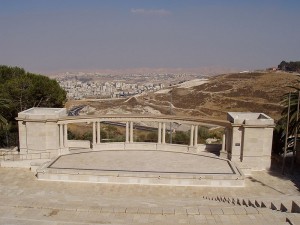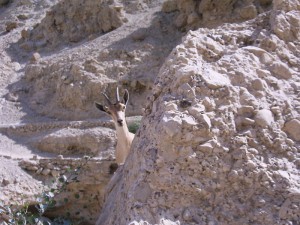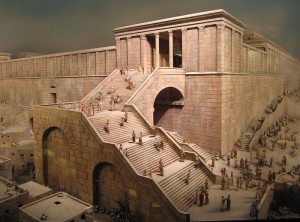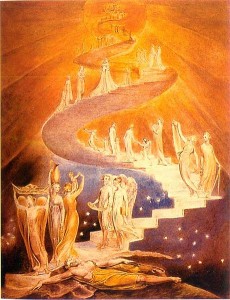
William Blake's painting of Jacob's Ladder
“Jacob went out of Beer Sheba and went towards Haran. He touched the Place and went to sleep for the sun was going down…”
(Genesis (Bereishit) 28:10 -11)
In this week’s Torah portion, when Jacob leaves his parents to escape from his brother’s wrath and find a wife there is a very bizarre episode. He arrived at some un-named place which the hebrew text says he ‘touched’, he then went to sleep and had a fantastical dream where God appears to him promising him saftey and he sees Angels ascending and descending on a ladder to heaven. If this was n’t bizarre enough Rashi the 10th century scholar’s explanation of the text is even more wondrous.
Which Place?
Rashi locates the place as Mount Moriah, the place where Abraham nearly sacrificed Isaac and where the Temple of Solomon was built. This fits in thematically as the Binding of Isaac concerned God’s protection of Abraham and his progeny and the Temple of Solomon was a conduit to heaven as symbolised by the dream.
Hang on, does n’t Jacob Give the place a name?
When Jacob woke up from his dream he says:
‘this is the House of God (or Beit El) and this is the gate of heaven”
(Genesis 28 : 17)
He calls it Beit El, not Mount Moriah, and as we can see on this map, they are at two entirely different places.
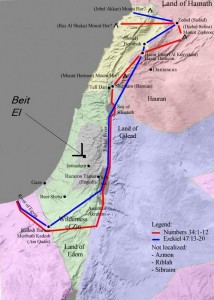
The position of Beit El in comparison to Jerusalem
Rashi and ‘Warpspace’
There are many explanations, some say Beit El is just meant figuratively, the ‘House of God’ means the Temple, not a place called ‘Beit El’ (not likely as the scripture goes to some lengths to tell us its former name; Luz). Possibly it refers to the position of the temporary Temple that existed before the Temple of Solomon or the Tabernacle. This was placed for a long period in Shiloh, just North of Beit El. My favourite explanation is Rashi’s, that the land (and some Rashi scholars say the fabric of the Universe itself) folded or ‘warped’ so that Jerusalem was the same place as Beit El.
The Place
In any case in hebrew the word place; ‘HaMakom’ is one of the names of God and reminds us that in every place, no matter how far we may feel we are from God, God is there.

